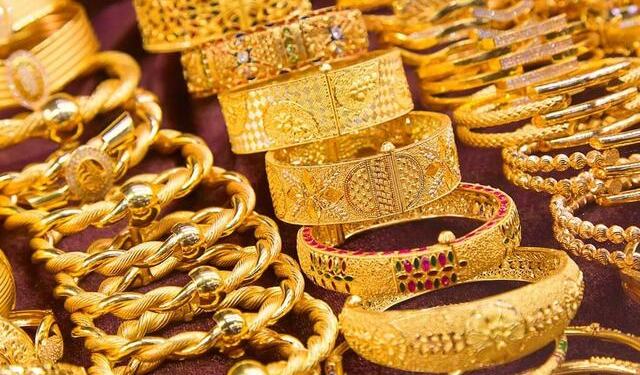TAMBOPATA, Peru (AP) — Patricia Quispe sat sullen on a black suitcase outside a dismantled mining camp, nursing her baby son and waiting for her husband, who was among 41 wildcat gold miners arrested in Peru’s latest crackdown on illegal mining in the Amazon.
The 24-year-old mother said she didn’t know where she would be getting her next meal.
In a three-day operation that ended Thursday, Peruvian security forces cleared out nearly six square miles (15 square kilometers) in a crater-pocked jungle zone where some 10,000 people lived. About 1,000 police and soldiers blew up 154 gasoline motors used to extract gold from the sandy soil.
The government has staged 15 such operations in Madre de Dios state since unlicensed, wildcat mining was declared a crime in 2012. In raids that the government says cost an average of $ 370,000 each, troops have blasted dredges, backhoes and motors to bits and expelled thousands of miners and their families from muddy makeshift jungle settlements.
But many of the miners return to the camps after the soldiers and police leave. Even after their losses and with gold down to $ 1,084 an ounce, the work remains profitable for hardscrabble migrants from Peru’s poor highlands.
According to official figures, at least 5 percent of the 141 metric tons of gold that Peru produced last year came from illegal mining. An investigation this year by the Ojo Publico reporting consortium found that two Swiss companies were among the biggest buyers until the government cracked down.
The 108 mining camps that were dismantled this week had restaurants, hotels and bordellos.
“Here, crimes are committed, including human trafficking. I call it slavery. There are girls who arrive, deceived, from the Cuzco region and God only knows if they make it out alive from these jungles,” said Cesar Sierra, the former police colonel who oversees the government raids.
The nonprofit group Huarayo, which runs shelters for adolescents rescued from sex work, says about 300 work at any one time in the region.
Alluvial mining, in which small gold flecks are sifted out of sandy sediments deposited by runoff from the Andes over centuries, is heavily dependent on mercury and the surrounding jungle has been poisoned by tons of the toxic metal.
A researcher for the Peruvian Environmental Rights Society, Lenin Valencia, says raids alone aren’t enough to dislodge illegal miners.
“There is slowness in the criminal justice system to prosecute the chain” of businesses that extract the gold, which ends up being bought in U.S. and Swiss markets.


























